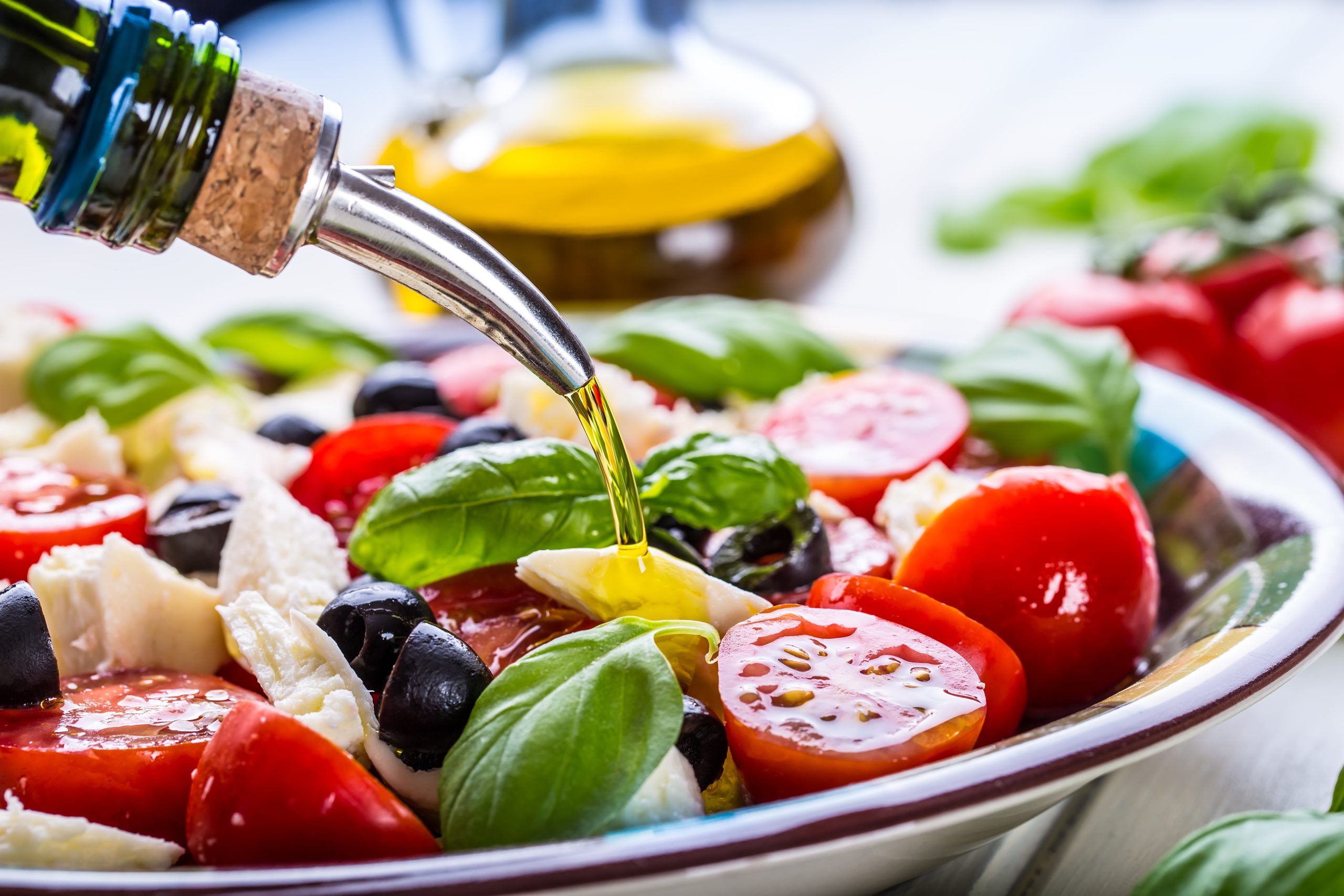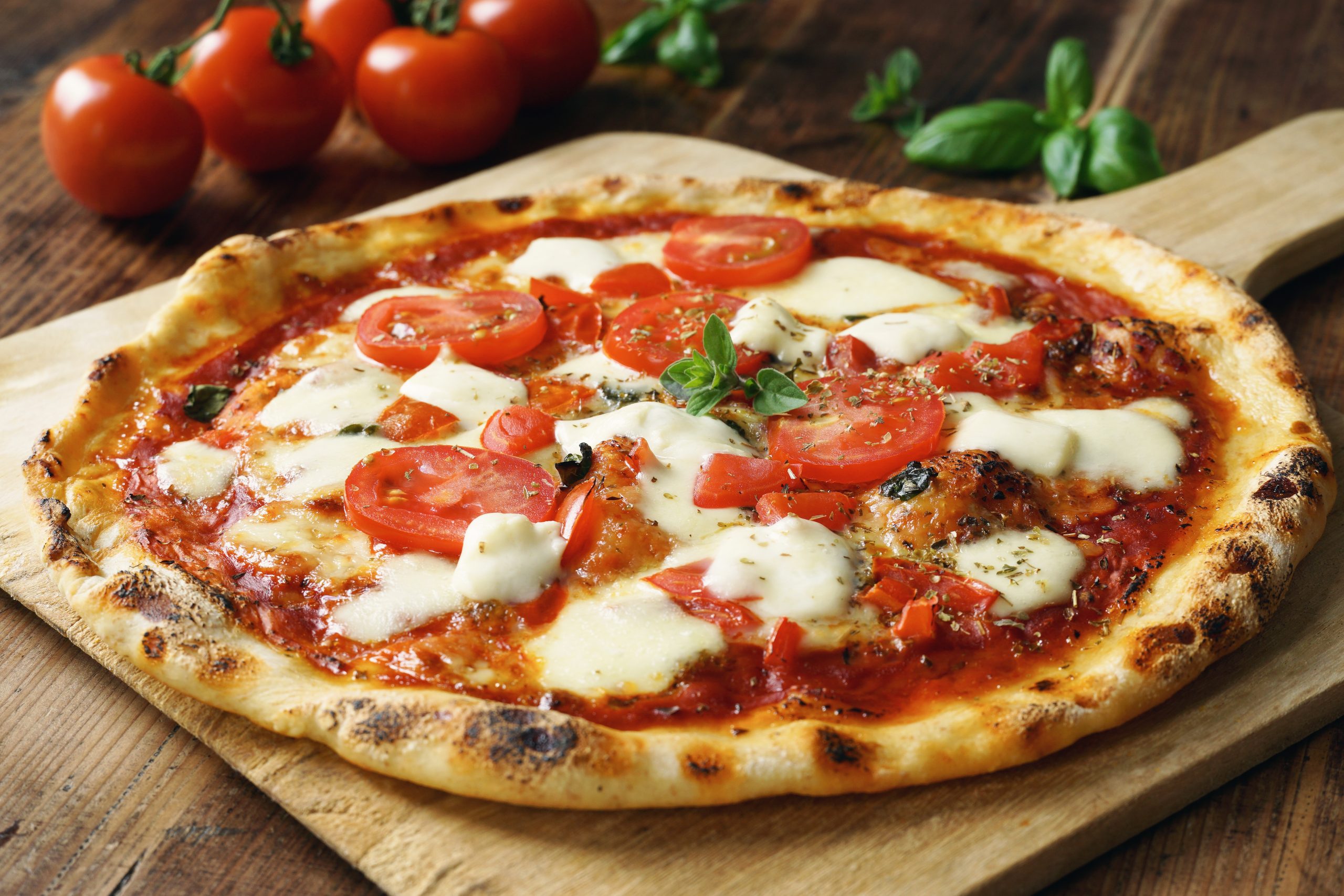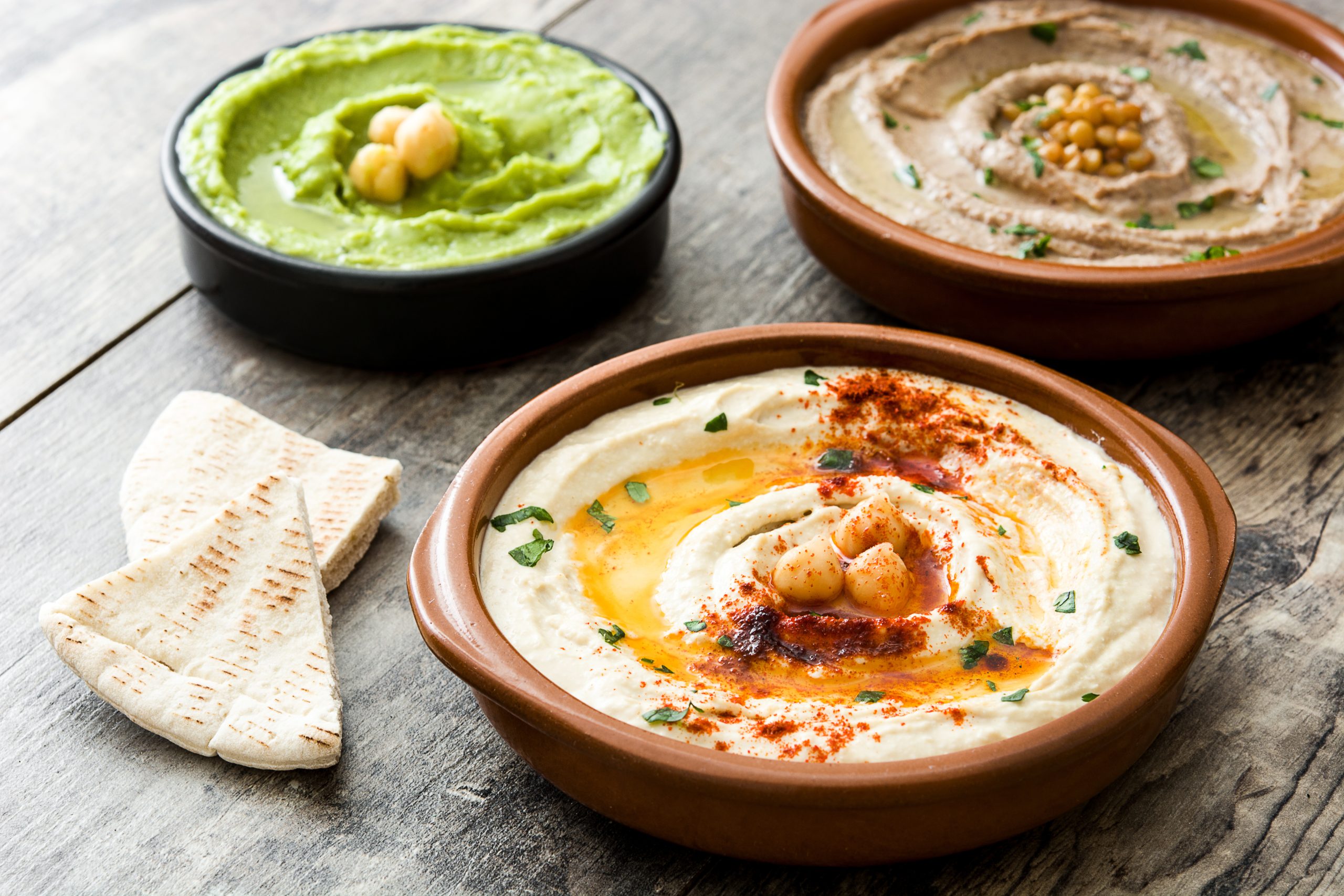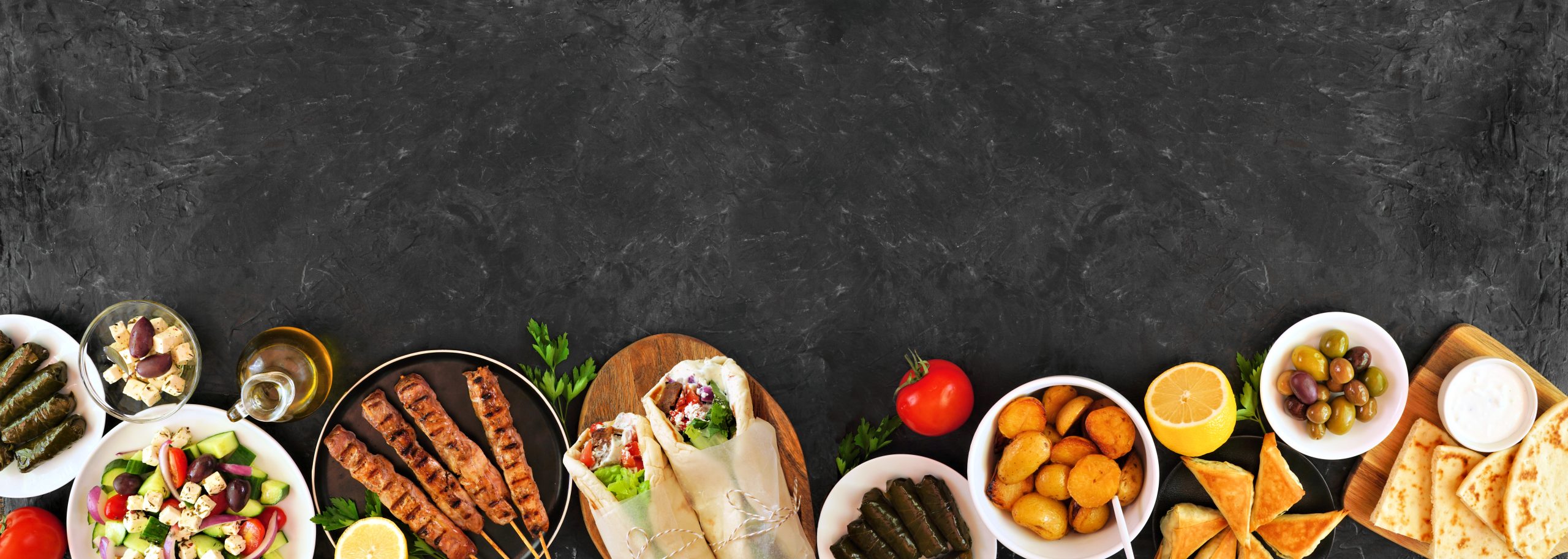Like this article? Support us by subscribing here. Your donation will help us continue to provide quality-of-life news and make local impact possible.
By Anna Bedell
We all struggle with the constant barrage of food fads and healthy food choices. For many of us, time is
our greatest challenge — finding the time to cook healthy meals when most of us live such busy lives. Others are overwhelmed by the volume of choices out there.
In recent years, Mediterranean cuisine has emerged as a well-balanced alternative to the typical meals most Americans love to cook. And you can find Mediterranean ingredients to whip up a tasty, healthy meal from the region right here in Prince William.
Mediterranean Food/Wine History
Mediterranean cuisine traditionally comes from three specific regions with various customs, food, palates and climates, that have influenced these dishes.

The Eastern Mediterranean region consists of countries such as Greece, Turkey, Syria, Lebanon, Israel, Palestine, and Egypt. Greece, while often referred to as the cradle of civilization, is also considered by many as the gateway between the east and west. The Southern European region is comprised of countries
including Italy, France, and Spain, while having a distinctly Mediterranean climate with hot, dry summers and cool, milder winters. Some of the most influential foods known around the world come from this region.
Moving on to the North African region with countries including Morocco, Algeria, Tunisia, and Libya, you find a distinctly hot, desert climate with very little rain. This region would be the lesser known among foodies.
Olive groves that grow along the Mediterranean Sea are found in abundance among these regions. They produce the most olive oil in the world. Olive oil is considered one of the healthiest oils to consume and has reached every corner of the globe.
Common Elements
There are some common elements of ingredients widely used in the various regions of the Mediterranean. Among them are olives and olive oil, wheat for bread, pasta and couscous, grapes for wine and dishes, as well as lemons, which are used in many recipes.
Other elements consist of fresh vegetables such as eggplant, artichoke, tomatoes, cucumber, spinach, lettuce, and onions.
Meats traditionally include lamb, chicken, beef, pork, and seafood, a staple of Mediterranean cuisine. Basil, oregano, thyme, and rosemary are among the herbs used to make tasty, naturally flavored dishes. Cumin, coriander, saffron, cinnamon, cloves, chilies, and paprika are the most common spices easily available for
anyone interested in making both exotic and common dishes.
Mediterranean cuisine is often served with smaller portions, much like a smorgasbord, with several courses throughout the day. The idea is to bring the family together with outdoor dining as a common setting.
Classic Dishes By Region
A classic Greek salad consists of healthy ingredients such as lettuce, tomatoes, cucumbers, kalamata olives, feta cheese, green peppers, artichoke, and red onions, all seasoned with oregano, salt, and pepper drizzled with extra virgin olive oil and red wine vinegar, (or lemon juice) served with pita bread.
Meat kabobs seasoned with flavorful spices such as nutmeg, green cardamom, allspice, and paprika, marinated in olive oil and lemon juice are typical of the eastern Mediterranean region.
In the southern European region, Italian pasta dishes like spaghetti, with fresh tomato sauce topped with fresh basil and Parmesan cheese are a staple. Neapolitan pizza made with a thin crust and topped with tomatoes, thick slices of mozzarella cheese, and fresh basil make this popular dish simple and easy to make.

Spanish paella is made with rice, saffron, seafood stock, garlic, onion, bell peppers, peas, with chicken, chorizo, calamari, shrimp, and mussels make this a classic dish within this region. There are many soup-based dishes in this region.
Lastly we arrive in the North African region with dishes such as Moroccan couscous, made with pumpkin, carrots, potatoes, tomatoes, white and yellow turnips, cabbage, and onions. This region relies heavily on vegetables and legumes.
Turkish inspired chicken wings are marinated in Greek yogurt, olive oil, lemon, sweet paprika, Turkish cumin, sumac, and garlic cloves, which complement the couscous.
Originating in Egypt, hummus is a staple among Mediterranean dishes. Its main ingredients consist of chickpeas, baking soda, fresh parsley leaves, tahini, lemon juice and zest, garlic cloves, extra virgin olive oil, ground cayenne, and ground cumin served with pita wedges. Hummus has gained popularity in the U.S. and is one of the healthiest snack choices.
Find recipes for these dishes at themediterraneandish.com and olivemagazine.com.
Traveling For Ingredients
Although many people dream of traveling throughout the Mediterranean in search of local dishes in the spirit of chef, author, and travel documentarian Anthony Bourdain, it’s not practical when living on a budget. One can find many of these fresh ingredients while exploring local farmers markets throughout
Prince William.
Visit local international food grocery stores to complete your shopping locally, such as Oh! Market-International Food, Gainesville Halal Market, Heba’s Health Foods, Cozmo One, Halal Bazar, and Mediterranean Market and Grill.
Anna Bedell is a freelance journalist and writer for Prince William Living Magazine. In her free time, she travels abroad and has a passion for exploring new places while meeting new people.








